MJ Can’t Be Beat! A Michael Jackson-Inspired Physics Experiment
This is Ken Kuwako, your Science Trainer. Every day is an experiment.
Have you ever seen an empty can balanced like this?
First, take a look at this video or photo. You’ll see a tall, slender can balanced at a seemingly impossible angle. It’s a truly unbelievable sight, isn’t it?
The posture of the can reminded me of Michael Jackson’s “zero gravity” lean (his famous forward tilt during live performances), so I’ve named this “The Michael Jackson Can.”

For a look at the zero-gravity move, you can check out this video.
And no, the can isn’t glued to the table, and the table isn’t tilted. There’s no trick to the table itself, yet the can stands… Kids are always amazed. But when they try to do it themselves, they can’t. In fact, it’s impossible without a certain “trick.”
【This article is also available on the radio.】
Is the trick in the can? The secret behind the standing can.
The secret is inside the can. It contains a small amount of water. If you fill the can with about 1/5th its height of water, you can get it to balance on an angle. The best cans to use are those with a slightly rounded bottom, like beer or soda cans. Beer cans, for example, have a diagonally cut bottom that provides a wider surface area, making it easier to stabilize.
I encourage you to try this experiment at home. After you finish a beer, show your kids how you can make the can stand on an angle. Their eyes will widen in amazement! Of course, for kids, you can use a juice can and empty it out completely before they try. It’s not easy, and they’ll likely fail, which might just earn you a look of admiration and a heartfelt “Dad, you’re amazing!” (lol).
Why does adding water make it stand?
Why does adding just a third of the can’s height in water suddenly allow it to stand in such an unstable position?
First, when an empty can is standing upright, its center of gravity and the normal force are aligned along the same line of action.
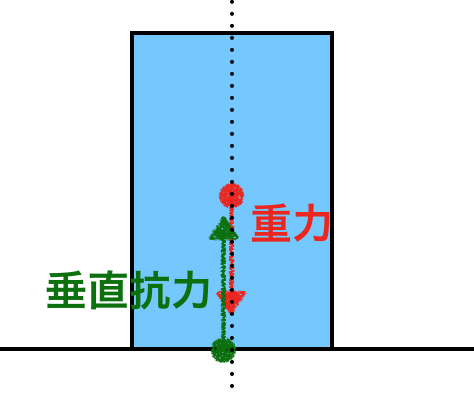
*The same principle applies whether the can is full or empty.
At this point, the moments (the forces that cause rotation) are balanced, and the object doesn’t fall over. However, if you tilt an empty can, the center of gravity shifts and is no longer on the same line of action as the normal force. This creates a moment of force from gravity that causes the can to fall over.
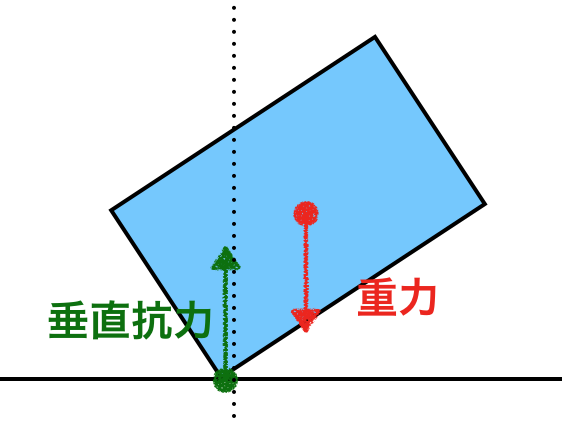
This is why an empty can falls over. So why doesn’t the Michael Jackson can fall? The secret is that by adding a little bit of water (or leaving some drink inside), the can’s center of gravity shifts to the left side.
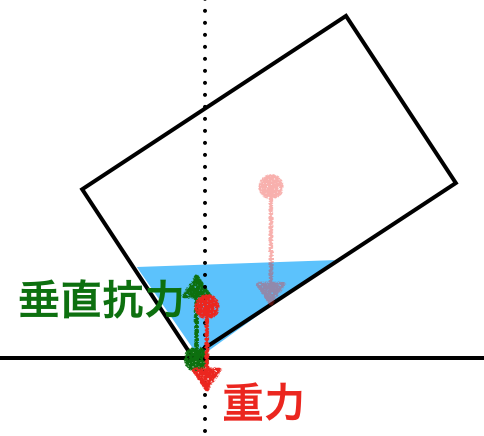
This change brings the center of gravity back to the line of action of the normal force, balancing the moments. This allows the can to stand in that peculiar, tilted posture. The same principle is applied to toys like a balancing dragonfly or a weebil, which use a clever balancing of moments to stay upright in a fun way.
In this way, for an object to stand and remain still, the balance of moments is a crucial condition. This experiment not only has visual impact but is also an excellent tool for intuitively learning about the concept of “moments.”
Let’s also consider the moment of a Daruma doll!
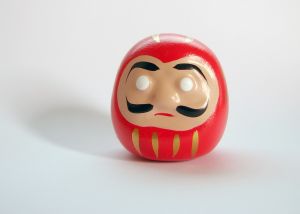
The reason a “daruma doll” can stand back up no matter how many times it’s pushed over is also deeply related to moments. Let’s look at the example of a daruma. A daruma doll has a rounded bottom and is weighted at the bottom to lower its center of gravity.
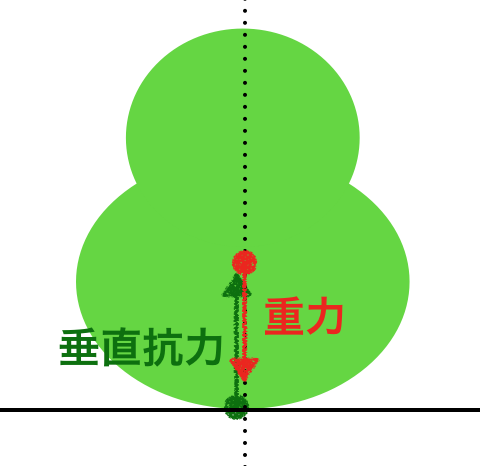
What happens if you tilt a daruma significantly?
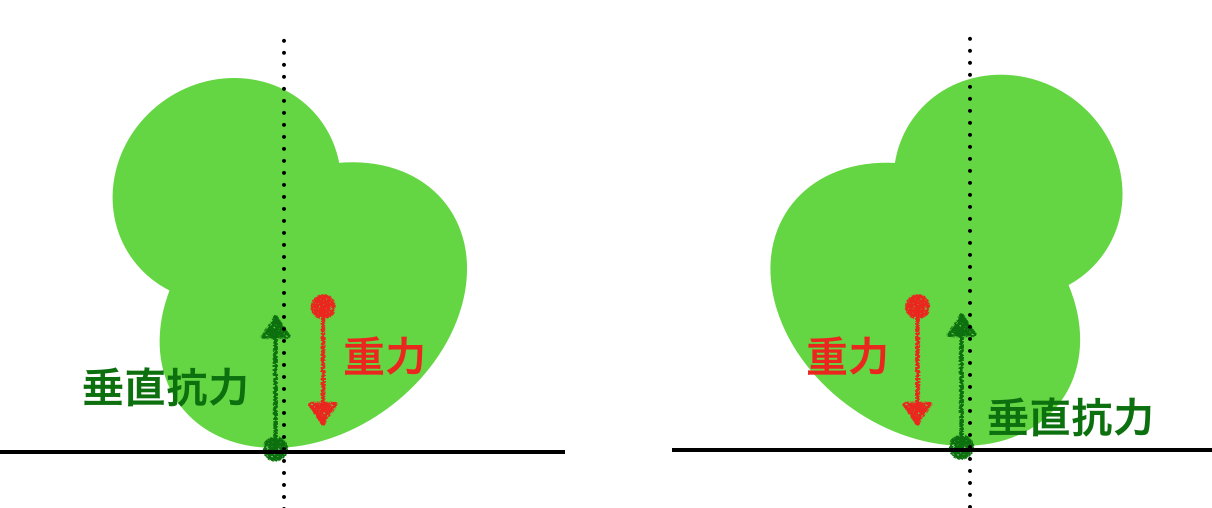
Because of its rounded bottom, the contact point with the surface moves. Combined with its low center of gravity, the relationship between the normal force and the force of gravity creates a moment that pulls the daruma back to its upright position.
What about the secret behind Michael Jackson’s “zero gravity” move?
Interestingly, the original Michael Jackson forward lean also has a solid physical mechanism behind it. He used specially designed shoes and a stage setup to control the balance of moments. In reality, it was a scientifically engineered system to prevent him from falling!
Key takeaways for this experiment in the classroom or at home
• Target Audience: Ideal for middle school students studying the “Forces” unit.
• Materials: Empty can, water, table.
• Keywords: Moment, Center of Gravity, Normal Force, Rotational Equilibrium.
• Extensions: The principles can be applied to “daruma dolls” and “balancing toys”!
For more on the boundary between standing and falling, please see this article.
Contact and Inquiries
Let’s make the wonders of science more accessible! We’ve put together a collection of fun science experiments you can do at home, along with easy-to-understand tips. Feel free to browse and explore!
• About the administrator, Ken Kuwako: Click here
• For various requests (writing, lectures, science classes, TV supervision, appearances, etc.): Click here
・Updates on new articles are available on X!
![]() Our Science Snippets Channel features experiment videos!
Our Science Snippets Channel features experiment videos!


